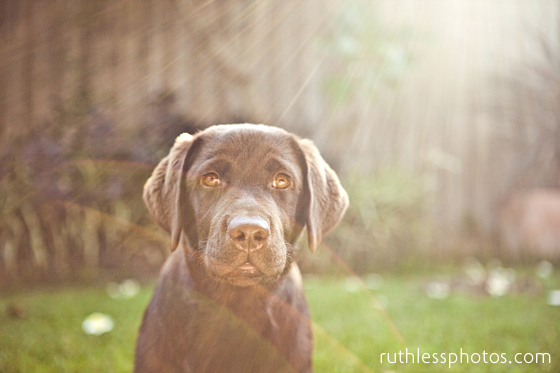 As a huge fan of Dr Sophia Yin’s blog, I kept seeing mentions of The Perfect Puppy in 7 Days book. It seemed like a pretty cool idea, to me!
As a huge fan of Dr Sophia Yin’s blog, I kept seeing mentions of The Perfect Puppy in 7 Days book. It seemed like a pretty cool idea, to me!
With my current litter, I always like to think about new resources for puppy buyers, and so started to investigate this a bit further… After reading a few pages on Google books, I was hooked, and I had to order it!
The book is very much targetted as new puppy buyers, and suits this audience very well. It has heaps of illustrations (400, the cover claims) that show every step of the way, for every little bit in the book!
I loved that this book went into puppy body language, as well, which I think is something often neglected in training books. Dr Yin describes how to identify when a puppy is ‘playful’ versus ‘fearful’ and so forth. To me, this is a really important part of puppy raising, and I’m glad it’s included.
Dr Yin is very into tethering puppies, which is a commonly suggested strategy by puppy trainers. What makes this book different is that it actually demonstrates what being tethered to a puppy could looks like through the use of photographs.
Maybe because I’m still recovering from all the socialisation emphasis of Dunbar, but this was something a little lacking from this book. There is a chapter dedicated to socialisation, and it is good. It has a very extensive checklist for puppy raisers, and answers the important question: “What to do if you notice signs of fear and anxiety in your puppy”. However, it’s tucked away right at the end of the book. I’d put this kind of stuff at the start.
Dr Yin talks about picking a breeder, and what a breeder should be doing first in terms of socialisation and habituation. I really enjoyed this part of the book, and it even gave me some new ideas on what I could be doing with my puppies.
I would recommend this book to a new puppy owner. This is who the book is made for, and it fulfils this purpose well. For those that are more dog savvy, I am not sure if you’ll find this book terribly beneficial – however, once you’ve read it, you can then recommend it to new puppy owners yourself.
Sadly, the book was some-what difficult to find online, but I did manage to get a copy from a private seller on Amazon. That being said, it is sold at a good price for such quality material.






